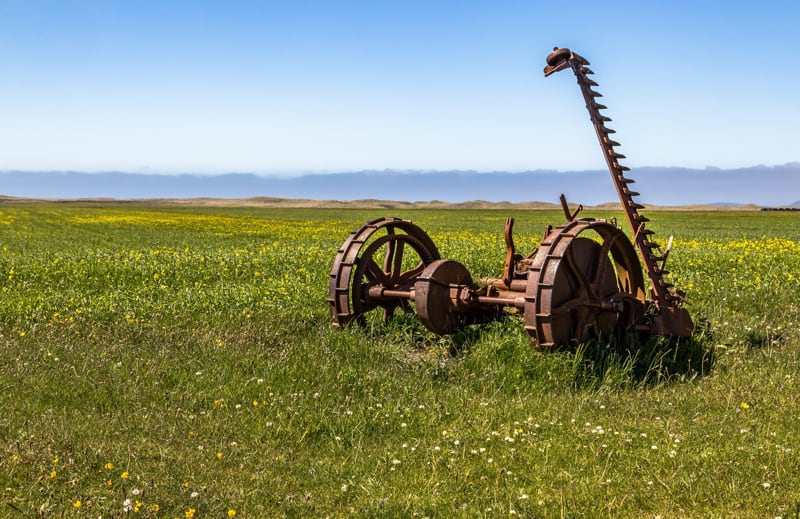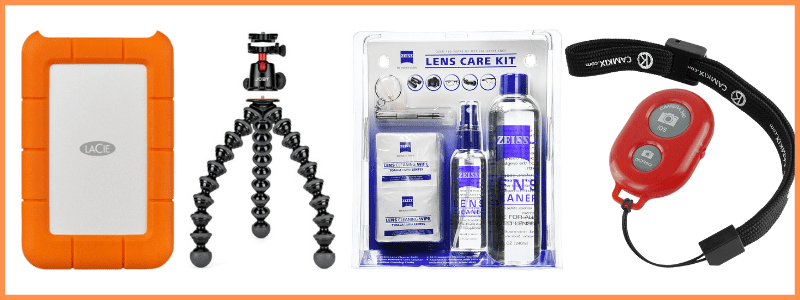Scale Photography Ideas and Tips
Take a look at the following scale photography ideas and tips to understand the concept and how to apply it when composing your photo.
Use these tips in addition to basic photography techniques to take your own pictures that showcase the idea of scale.
Scale is a term used in photography referring to compositional techniques that establish a relative size, extent or proportion in representation of the three dimensional nature of photographic subjects.

Use the photos below as inspiration to get out and capture your own images that showcase scale!
This site contains affiliate links which means WE may receive commissions for purchases made through these links. We only provide links to products we actually use and/or wholeheartedly recommend! As an Amazon Associate, we earn from qualifying purchases. Read the full Disclosure Policy.
Camera Gear for Landscape Photography
- Tripod: take a look at these compact and lightweight travel tripods!
- Camera Bag: protect your camera from sand and water → We use Lowepro camera backpacks for outdoor photography.
- Neutral density filter: to compensate for variance of light you’ll need to use a neutral density filter. → Check out the Kase magnetic filters we use!
- Camera cleaning kit: remove dust or water that WILL get on your lens. NOTE: this is not for cleaning the sensor.
- Memory cards: purchase name brand memory cards since you’re trusting your images to the card! → We use Lexar and Sandisk!
- External hard drive: copy photos to a portable external hard drive ‘just in case’.
- Headlamp: use when taking sunrise and sunset photos!
Camera Gear at B&H Photo
Scale Photography Ideas
Take a look at these photography ideas showing scale shared by members of our Facebook Group, Your Photography Journey.
Establish Size
Applying Scale in a composition is an effective method of communicating to viewers the size of the subject being captured. This is accomplished by including an element in the photograph of a size or proportion that is commonly recognized by most or all viewers.
An example of this would be the human body. Though we are not all the same, the general size range or proportion of the human body is easily recognizable. Placing a person in proximity to the subject of an image provides a compositional element that can be immediately understood and compared. This establishes a well understood sense of subject size.
Kevin Hehl uses the height and proportion of the forest trees to immediately convey scale with the people walking on the path.

Our brains easily understand the size of the subject in the photograph, relative to the real world, by our familiarity with the general size of human beings.
The leading line of the path helps guide the viewer’s eye to the people to help accentuate the scale in the scene.
Linda McLaughlin accomplishes a strong sense of scale in this interesting photograph by utilizing a recognizable item to convey the small size of the subject.

Dice are small game pieces. Knowing the size of this subject allows the viewer to determine the even smaller size of the spider on the object.
Negative Space
Negative Space is always an important element of photographic composition and may be used effectively to establish scale in an image.
The use of space in a photo can create a sense of inclusion or exclusion. William Holmes uses negative space to illustrate isolation in the photo below.

By including a significant amount of negative space he highlights the scale of the subject in relation to the area around it.
Bald eagles are very large birds. In this photo David Joyner uses negative space in the image to show the viewer how small the subjects are in relation to their environment.

Establish Importance
Scale can be used to establish importance in a composition. In this beautiful shot by Kevin Hehl, a reversal of scale is used to exaggerate the subject in proportion to its surroundings.

It is an effective technique for establishing the prominence of a smaller subject within a larger environment.
In this Bryce Canyon photo of Thor’s Hammer, you can see how David Joyner uses this technique to establish the prominence of a specific Hoodoo in the composition.

Panorama
Often we encounter scenes that we are not able to capture within the scope of even a wide angle lens. The panorama technique can be a great method of capturing such scenes, and expressing their epic scale.
The panorama technique consists of shooting a series of overlapping photographs of the desired scene, and stitching them together in post processing software like Photoshop.

Roy Goldsberry illustrates the panoramic technique in the landscape image above. The photograph really carries a sense of the grand scale of the scene.

In the photograph above, this is the landscape you’ll see when visiting Goblin Valley State Park in Utah. It’s another example of showcasing the scale of a scene using panoramic technique.
Lines and Diminishing Perspective
The illustrative power of parallel lines and diminishing perspective has been understood by artists for centuries. The concept is also a strong technique for establishing scale in photographs.
William Davis illustrates diminishing perspective in this great capture.

When we view the world around us, objects that are closer to us seem larger, while objects that are farther away seem smaller. This perspective increases the farther from us objects are.
Diminishing perspective mimics the way we view objects and scenes in the real world. Photographers use this concept to create the illusion of the three dimensional nature and resulting scale of the elements in the image.
AMAZON Landscape Photography Books:









